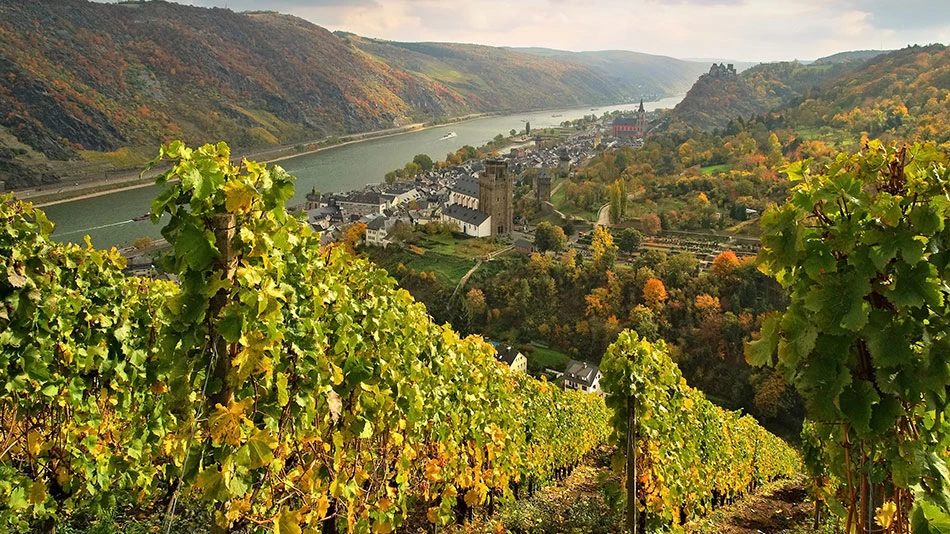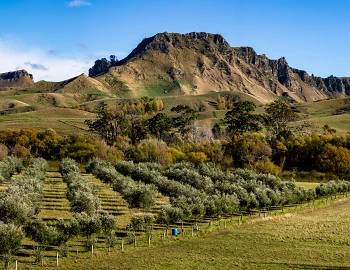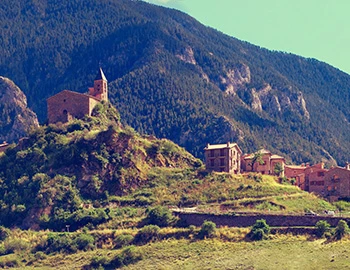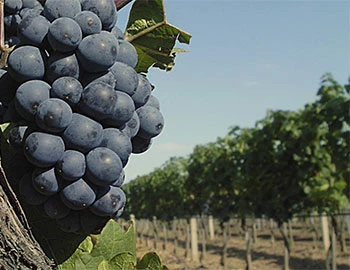Mittelrhein
Mittelrhein: small but fine
With a vineyard area of around 450 hectares, the Mittelrhein (or Middle Rhine) growing region is one of Germany’s smallest. It is bordered to the south by the Rheingau, following the Rhine’s course northward to Königswinter near Bonn, which is the northernmost winegrowing village on the Rhine. In the steep sites along the river, which are still cultivated delicately by hand, the leading variety, Riesling, develops across its entire spectrum, from dry to noble sweet.
Sparkling wines from Mittelrhein
White wines from Mittelrhein
Sweet wines from Mittelrhein
It is only in Rüdesheim, where the Rheingau ends and the Mittelrhein growing area begins, that the spectacularly narrow Rhine valley develops the dramatic scenery that inspired poets like Ludwig Achim von Arnim and Clemens Brentano, who are among the most important figures of the German Romantic period. Even today, the Lorelei – a 132-meter rock, atop which the famous mermaid statue is perched – is one of the top tourist attractions on the Rhine. The Lorelei rock consists of the same pure slate that decisively shapes the terroir of the vineyards.
Once as expensive as Bordeaux
Viticulture has been carried out on the Middle Rhine since as early as the seventh century. This is confirmed by royal documents from the Merovingian period. By the 11th century, when more of the steep slopes were cultivated, wine from Mittelrhein had made an international career. Growths from Bacharach, then an internationally recognized hub for wine, appear on price lists from the 18th century as expensive as Bordeaux growths. Due to the laborious management of vineyards in steep slopes, the cultivation area in Mittelrhein has decreased over the last 20 years from 700 to 450 hectares. Nonetheless, a dedicated generation of top winemakers produce quality wines from the Riesling growths typical of the area, which consequently are among the best in Germany.
Marked by slate
The vineyards of Mittelrhein stretch across a distance of approximately 100 kilometres like a necklace along the Rhine, ranging from Bingen to Seven Hills (Siebengebirge). The terroir is generally characterized by weathered slate and greywacke, punctuated by discrete islands of loess. In the north, there are also sites with soils of volcanic origin. Riesling, which is easily the leading variety here, demonstrates its mineral finesse, particularly when grown from slate. The climate is temperate and rainfall is quite low, at less than 600 millimetres per year per square metre. Among the best and most well-known locations in Mittelrhein are the Bacharacher Hahn, the Bopparder Hamm and the Oberwesler Ölsberg.

Region

Hawkes Bay
Hawke’s Bay is located in the east of New Zealand’s North Island and is the country’s oldest and second-largest wine-growing region (approx. 4640 hectares), dating back to 1851. Hawke’s Bay is New Zealand’s largest wine-growing region for high-quality red wines, accounting for over 80 percent of its total production of Cabernet Sauvignon, Merlot and Syrah. Chardonnay and the two varieties Cabernet Sauvignon and Merlot make up around 50 percent of total production at Hawke’s Bay. White and red wines are produced in approximately equal amounts. The region produces a total of 10 percent of all New Zealand wines.







